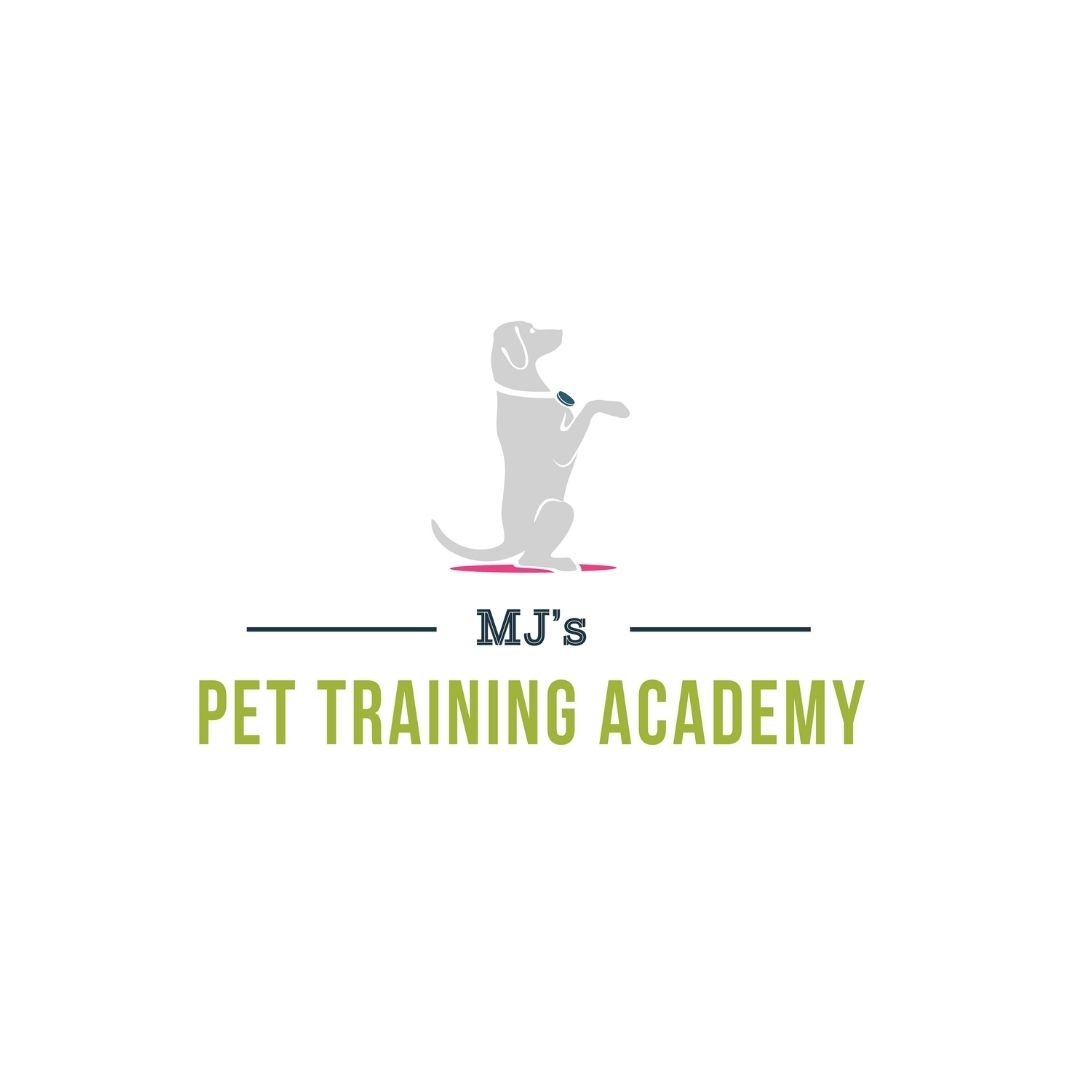What are High-Value Treats and Should You Use Them?
Like a good trail mix, my dog's training treats for the day consist of a variety of flavors and textures. However, for dogs, the smell of each treat may be the most important. Mixing some regular kibble with high-value treats such as air-dried whole fish, dehydrated chicken, beef, and other foods that are less than appealing to us helps with the unpredictability aspect of training. It also ensures you control the calorie and food intake. High-value treats are important in dog training, but making sure you don’t throw off your dog’s balanced diet by overfeeding treats is also crucial.
If you've heard the term "high-value treat," you probably already know this is a treat highly desirable to dogs. Browsing the pet aisle looking for treats labeled as high value wouldn’t be helpful for your dog. Just like us, dogs have different taste preferences. The trick is figuring out what your own dog finds desirable and then making sure not to overfeed this treat so that it does not lose its value. The dog decides what is of high value to them and this will vary between dogs, but it will also vary depending on the circumstances. What is high value one day, might not be on another day.
Oftentimes, high-value treats are ones with a less than pleasant scent. Dogs tend to like treats with a strong smell. For training, small bits of food about the size of your fingernail work well. Also, soft treats rather than crunchy treats tend to be both desirable to dogs and prevent crumb messes.
The type of treats you use is not the only factor in determining the value of treats. Once you have found treats that your dog likes, you want to make sure not to overuse them. Giving a treat for every correct response your dog offers is not helpful for long-term results. When training a new behavior, you will have a high rate of reinforcement, but you should move to only treating randomly and treating for the best responses rather quickly. Incorporating play, praise, and environmental rewards such as sniffing is also essential for the best results.
Another way to add unpredictability to your training is the way you deliver treats. Sometimes offer a scatter of treats to the floor; other times, use the micro skill search, tossing a treat out for your dog to go after, which also can help in the setup for repetition. The treats should not always come from your bag. Hide a few treats in the yard to run your dog to after a perfect recall, for example.
In addition to high-value treats, there are what I like to call ultimate treats. These are treats that might be difficult to train with regularly because they are messy. When given at just the right time, even just a few times for a successful response, they will rapidly improve your dog’s likelihood of responding to your first cue in the future, and lower latency, or the amount of time between your request and your dog's response. These treats might include a piece of boiled egg, sardines, wet dog food in a squeeze tube, a piece of liver, or something else unexpected and highly desirable to your dog.
There are some foods that you might enjoy yourself which can also be offered to your dog. While some people might worry that a bit of boiled chicken or hard boiled egg might give their dog the impression that people food is ok, dogs don’t see it like that. Dogs do not know the difference between people and dog food. If you let your dog take this food off of your plate during dinner, that would certainly be a problem. Training with food that does not come in a bag leabled dog treats is perfectly fine as long as it is safe to your dog.
There are times to use treats in dog training and there are other times to train without any treats on you. When shaping new behaviors, food can be easy to deliver and desirable enough to get the result we want, with the dog repeating the behaviors which earned the treat. While you should learn how to use play, praise, and other rewards, knowing what your dog's high-value and ultimate value treats are is important. For everyday maintenance training, mixing your dog's regular food with a few different kinds of treats can be helpful. Finally, one way to tell if a type of food is desirable is by your dog’s response. If your dog is eagerly repeating behaviors that earn a certain type of food, you know that food works..
